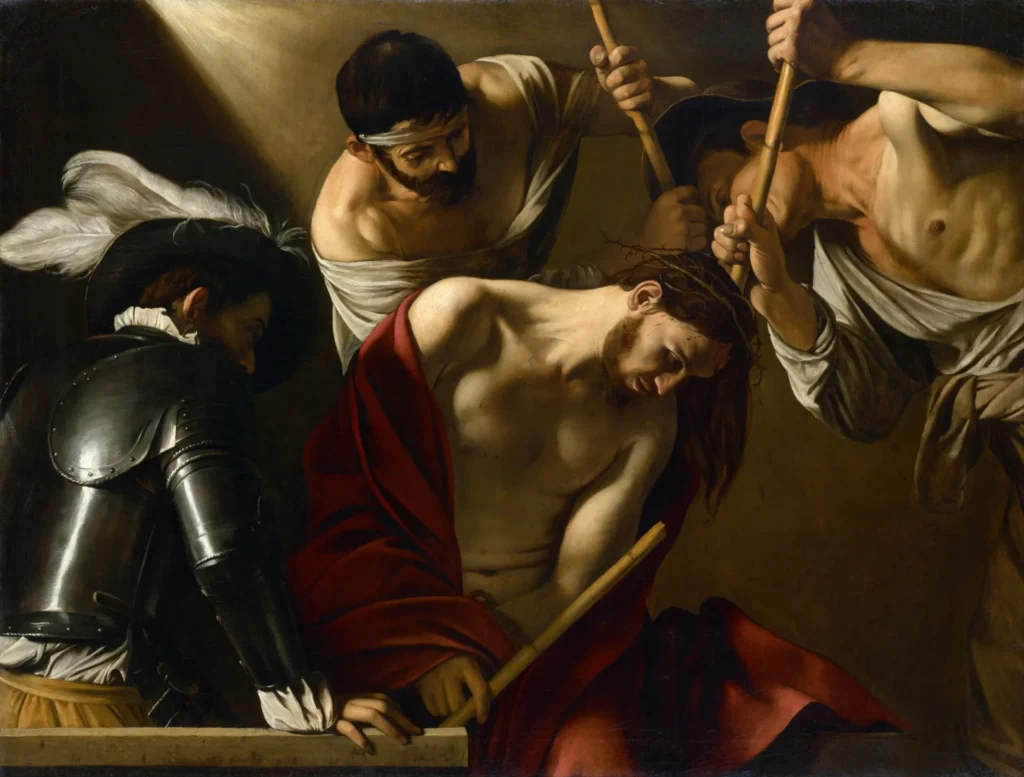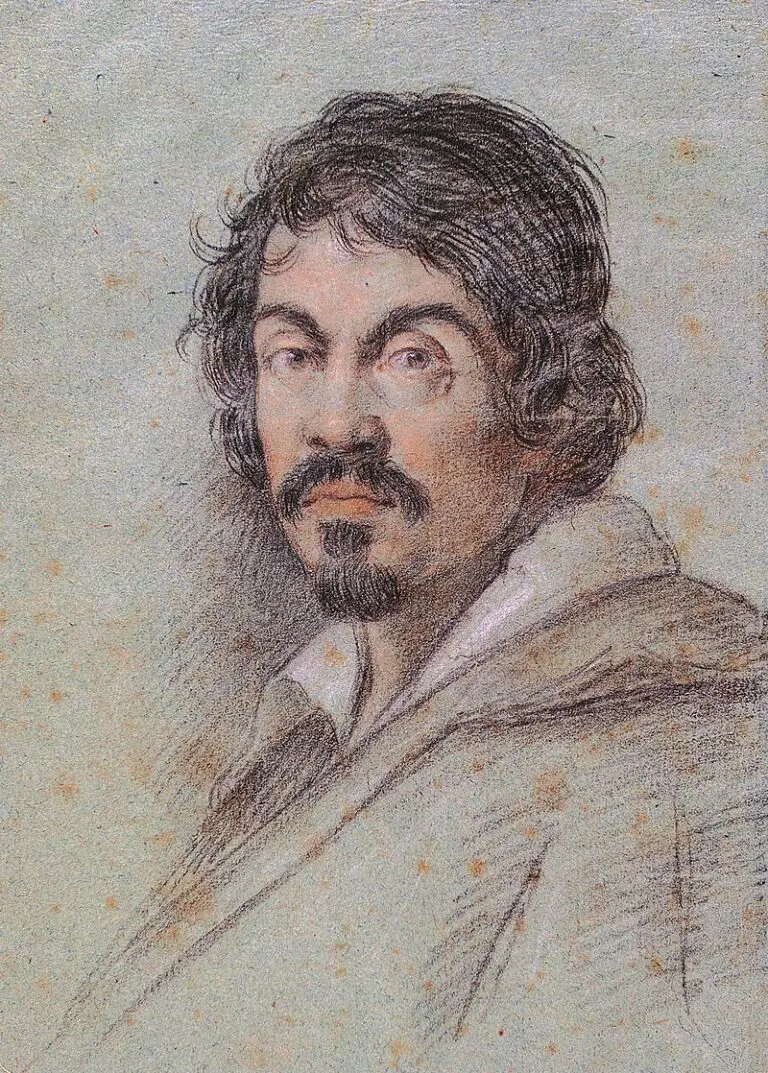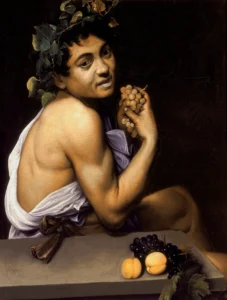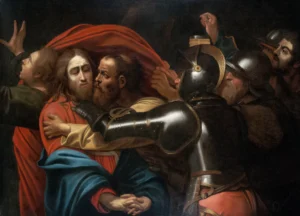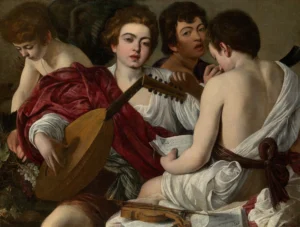The Crowning with Thorns (between 1602 and 1604)
Created by the Baroque master Caravaggio between 1602 and 1604, The Crowning with Thorns is a striking depiction of the moment Jesus Christ is crowned with thorns before his crucifixion. The painting is notable for its dramatic use of chiaroscuro, highlighting the suffering and dignity of Christ against the cruel actions of the soldiers. Its rich historical background, including its patronage by Vincenzo Giustiniani, reflects not only the artistic brilliance of Caravaggio but also the turbulence of the early 17th century in Italy.
1602 - 1604
About the Artwork
Did You Know
Liked what you see? Add it to your collection.
Enjoyed reading? Share it.
... continued
The painting The Crowning with Thorns by Caravaggio, created between 1602 and 1604 (or possibly around 1607), is one of his notable works.
Location and History
The painting is currently located in the Kunsthistorisches Museum in Vienna. It was originally part of the collection of Vincenzo Giustiniani, one of Caravaggio's patrons. The painting was bought in Rome by the Imperial ambassador, Baron Ludwig von Lebzelter in 1809, and it arrived in Vienna in 1816.
Date and Attribution
The exact date of the painting is somewhat disputed. It is generally believed to have been created between 1602 and 1604, although some sources suggest it might have been painted as late as 1607, during Caravaggio's time in Naples.
Style and Composition
The painting depicts the scene of Jesus being crowned with thorns before his crucifixion. It is characterized by Caravaggio's use of chiaroscuro, a strong contrast between light and dark, which focuses attention on Christ's suffering. The twisted body of Christ was influenced by the Belvedere Torso, a classical sculpture. The composition includes a crown of thorns being forced onto Jesus' head by soldiers, highlighting the cruelty and brutality of the act. The painting was designed as a supraporte, intended to be hung over a doorway.
Artistic Influences
The pose of Christ in the painting was influenced by Rubens' altarpiece of the same subject, while the soldier with the staff behind Christ shows similarities to Titian's treatment of the theme. However, Caravaggio reverted to a more compact and symmetrical approach reminiscent of 15th-century artists like Hieronymous Bosch.
Symbolism and Themes
The painting emphasizes Christ's dignity and endurance in the face of suffering. The contrast between the light on Christ's skin and the dark, gleaming armor of the soldiers underscores the imbalance of power and the cruelty of the act. The use of light and shadow draws the viewer's attention to Christ's neck and shoulders, highlighting his victimhood and dignity.
Patronage
The painting is associated with Vincenzo Giustiniani, who was not only a patron but also an intellectual and art collector. Giustiniani later wrote about art, praising Caravaggio for his ability to combine realism and style.




